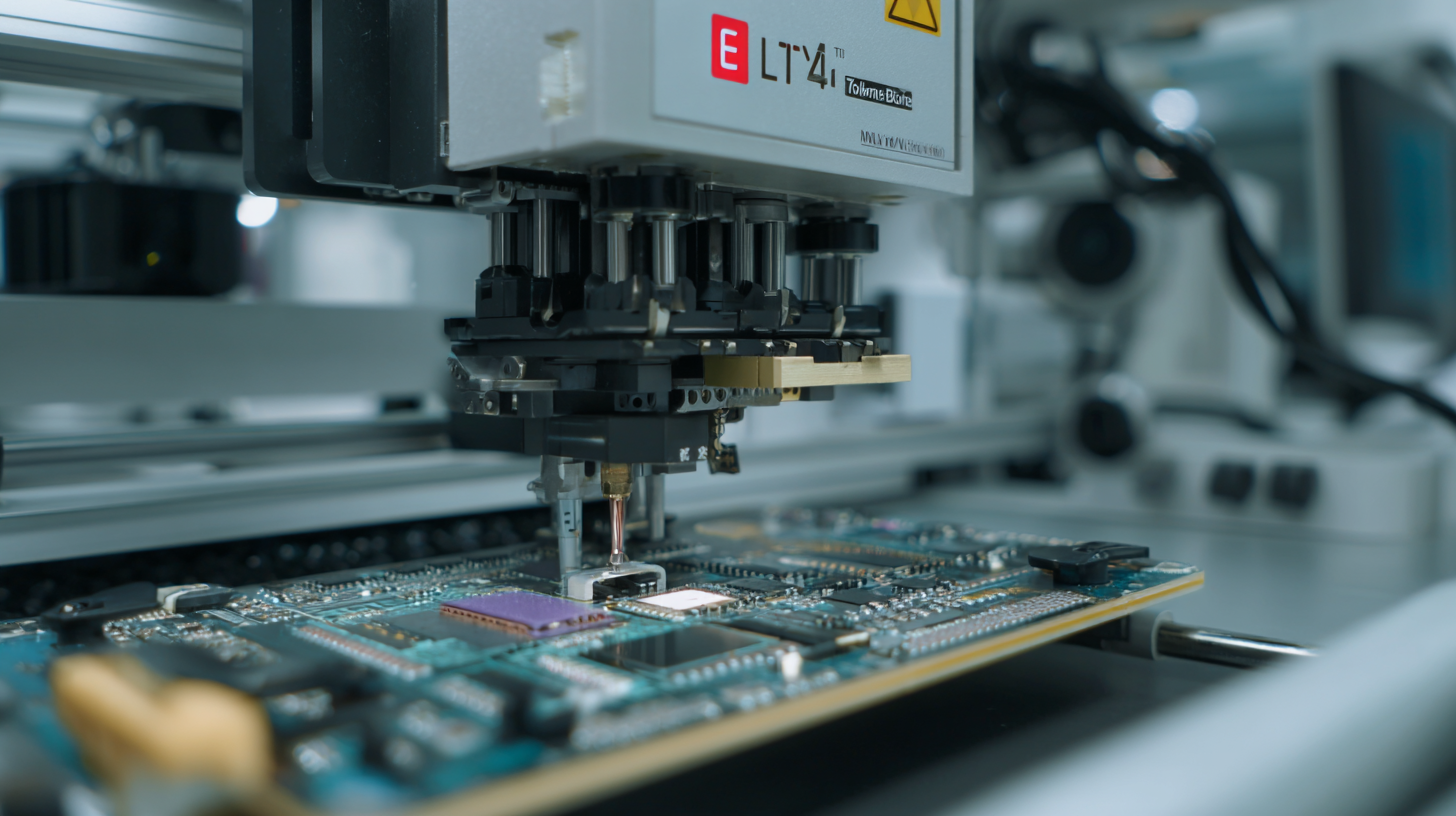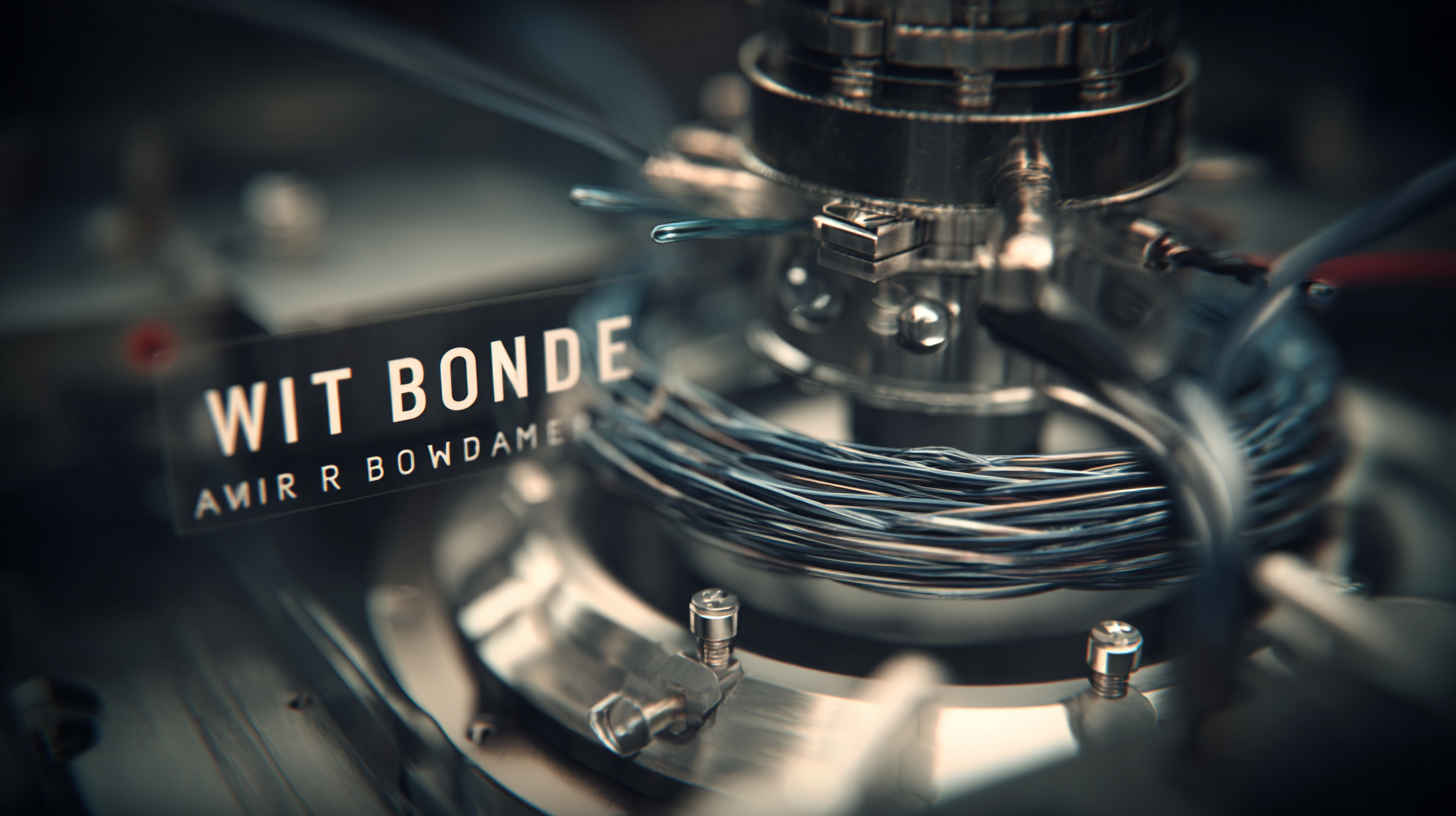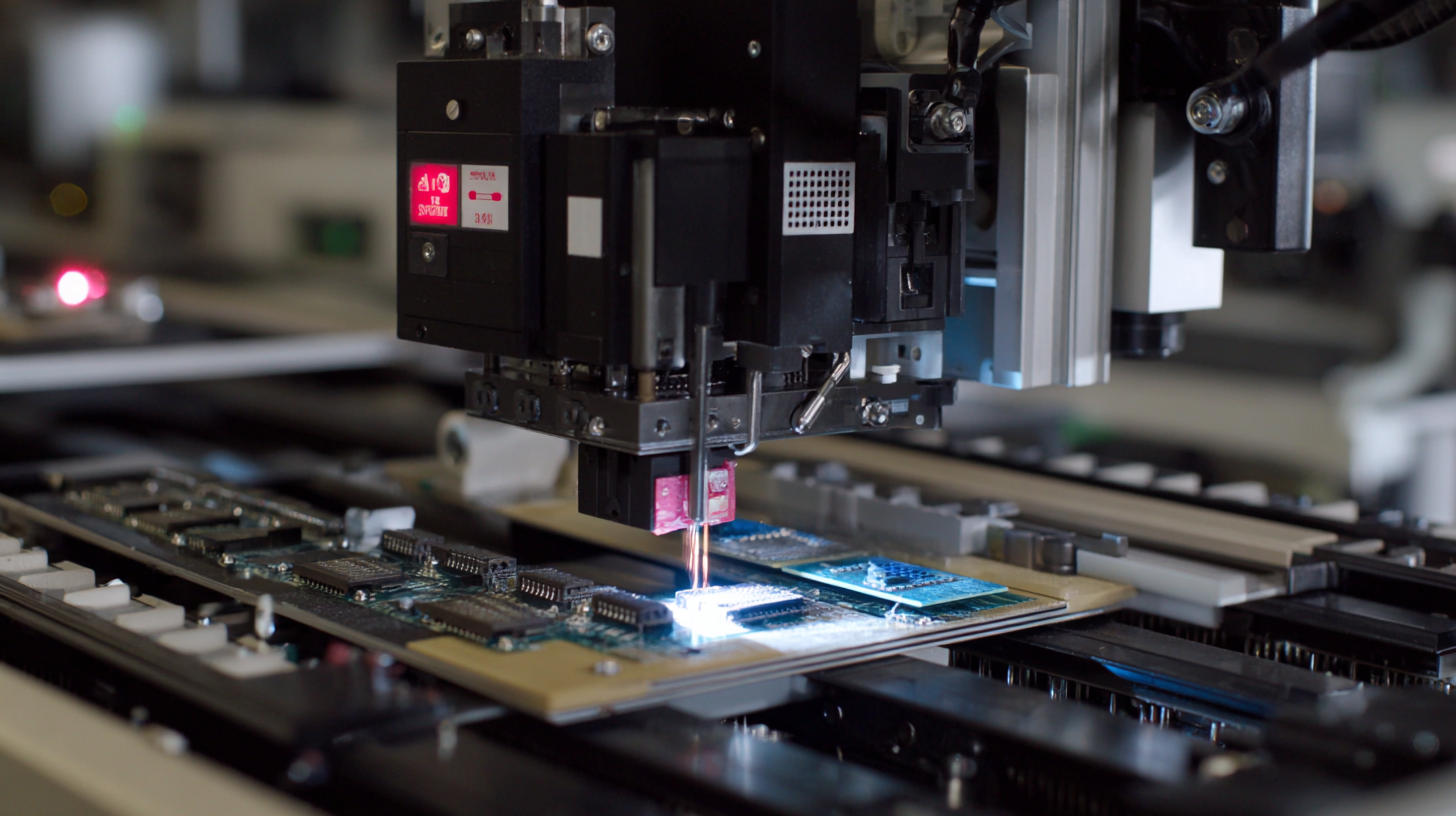In the ever-evolving landscape of semiconductor manufacturing, the role of the Automatic Wire Bonder has become increasingly pivotal. According to a recent report by MarketsandMarkets, the global wire bonding equipment market is projected to reach USD 2.34 billion by 2025, growing at a CAGR of 6.8% during the forecast period. This growth is driven by the increasing demand for high-performance chips in the automotive and consumer electronics sectors. As technology advances, the specifications of Automatic Wire Bonders have also progressed, enhancing their efficiency, precision, and overall performance. In this blog, we will unveil the advanced technical specifications of the best Automatic Wire Bonders available today, providing insights into how these sophisticated machines can transform manufacturing processes and meet the industry's evolving needs in 2025 and beyond.

Automatic wire bonding technology plays a pivotal role in the semiconductor manufacturing process, enabling efficient interconnections between microchips and their substrates. This technique utilizes fine wires, typically made of gold or aluminum, to create electrical connections in electronic devices. The bonding process involves two main steps: the first is typically the formation of a ball bond, achieved by heating the wire's tip and using ultrasonic energy to join it to the chip. The second step involves the formation of a wedge bond to secure the wire to the substrate, ensuring reliable electrical pathways and high-performance functionality.
Understanding the basics of automatic wire bonding is essential for manufacturers seeking to improve their production efficiency and device reliability. Various factors influence the bonding process, including wire diameter, bonding force, and temperature. High-precision machinery is necessary to control these parameters, along with advanced sensors that monitor the quality of the bonds in real-time. Moreover, today's best automatic wire bonders are equipped with sophisticated software that allows for easy programming and adjustment, making it simpler for operators to adapt to changing production needs while maintaining high standards of quality and consistency.
When it comes to automatic wire bonders, the industry has seen remarkable advancements that significantly enhance performance and productivity. Key features that distinguish the best models include precision control systems, advanced bonding techniques, and user-friendly interfaces. According to a report by Market Research Future, the global market for automatic wire bonding equipment is expected to grow at a CAGR of approximately 6.5% from 2021 to 2026, driven primarily by the increasing demand for miniaturization in semiconductor devices.
Additionally, top automatic wire bonders often incorporate sophisticated monitoring systems that provide real-time analytics on operational efficiency and bonding quality. For instance, devices equipped with optical or laser-based alignment systems ensure optimal placement, reducing wire loop height and increasing reliability in high-frequency applications. As reported by Semiconductor Manufacturing & Design, the latest generations of wire bonders achieve a first-pass yield of over 95%, a benchmark for manufacturers looking to enhance their production lines while minimizing waste. With these advanced specifications, choosing the right automatic wire bonder is crucial for improving yield and meeting the evolving needs of the electronics industry.
| Model | Wire Type | Bonding Method | Max Bonding Speed (Bonds/sec) | Temperature Range (°C) | Dimensions (mm) | Weight (kg) |
|---|---|---|---|---|---|---|
| Model A | Gold, Aluminum | Thermosonic | 12 | 25 - 200 | 600 x 400 x 300 | 50 |
| Model B | Copper | Ultrasonic | 10 | 20 - 180 | 550 x 350 x 280 | 47 |
| Model C | Gold | Thermocompression | 15 | 30 - 210 | 620 x 420 x 320 | 55 |
| Model D | Aluminum | Gold Ball | 8 | 25 - 185 | 580 x 360 x 300 | 48 |
Wire bonding is a critical process in semiconductor manufacturing that ensures reliable electrical connections between microchips and their packaging. The two primary techniques used in wire bonding are
ball bonding and
wedge bonding, each with its unique advantages and applications.
 Ball bonding typically employs gold or aluminum wire, making it ideal for applications requiring high thermal and electrical conductivity. This method is favored in high-frequency and high-power electronic devices due to its robust connection and minimal inductance.
Ball bonding typically employs gold or aluminum wire, making it ideal for applications requiring high thermal and electrical conductivity. This method is favored in high-frequency and high-power electronic devices due to its robust connection and minimal inductance.
On the other hand, wedge bonding utilizes a ribbon-like wire, which can be made of various materials such as aluminum or copper. This technique is particularly advantageous for applications requiring lower thermal budgets, as it operates at lower temperatures. Wedge bonding is also preferred for joining dissimilar materials due to its compatibility with various substrates. The choice between these techniques often depends on factors such as the specific requirements of the application, material compatibility, and cost considerations, allowing engineers to optimize device performance based on the bonding method selected.
In the rapidly evolving landscape of semiconductor manufacturing, the specifications of automatic wire bonders play a pivotal role in enhancing bonding performance and reliability. Recent reports emphasize that machines equipped with advanced ultrasonic bonding technology can achieve up to 98% first-pass yield, significantly reducing production costs and time. This is crucial in high-stakes environments where precision and efficiency are paramount.
Furthermore, newer models boasting integrated quality monitoring systems can detect defects in real-time, ensuring that any abnormalities are corrected immediately. According to a 2022 industry analysis, these innovations have been shown to improve long-term reliability by as much as 25%, thereby increasing the lifespan of the assembled components. As manufacturers continue to adopt these advanced wire bonding techniques, the impact on overall product quality and operational efficiency becomes increasingly evident, underscoring the importance of investing in next-generation equipment.
 The landscape of automatic wire bonding technology is evolving rapidly, driven by advancements in materials science and precision engineering. One of the most notable trends is the integration of artificial intelligence and machine learning to optimize the bonding process. These technologies enable equipment to analyze real-time data and adjust parameters dynamically, enhancing the quality of bonds and minimizing errors. This shift not only reduces production costs but also increases efficiency, making it a game-changer for industries that rely heavily on electronic packaging.
The landscape of automatic wire bonding technology is evolving rapidly, driven by advancements in materials science and precision engineering. One of the most notable trends is the integration of artificial intelligence and machine learning to optimize the bonding process. These technologies enable equipment to analyze real-time data and adjust parameters dynamically, enhancing the quality of bonds and minimizing errors. This shift not only reduces production costs but also increases efficiency, making it a game-changer for industries that rely heavily on electronic packaging.
Another exciting development in this field is the ongoing innovation in bonding materials. The introduction of new alloys and advanced adhesive technologies is paving the way for better performance in high-temperature and adverse environments. These materials can withstand more significant thermal and mechanical stresses, which is crucial for applications in automotive and aerospace sectors. Furthermore, the trend towards miniaturization in electronic components necessitates more precise bonding techniques, prompting engineers to innovate continually and develop equipment that can meet these emerging requirements. As these trends continue to unfold, the future of automatic wire bonding technology looks promising, with endless possibilities for enhancement and application.
